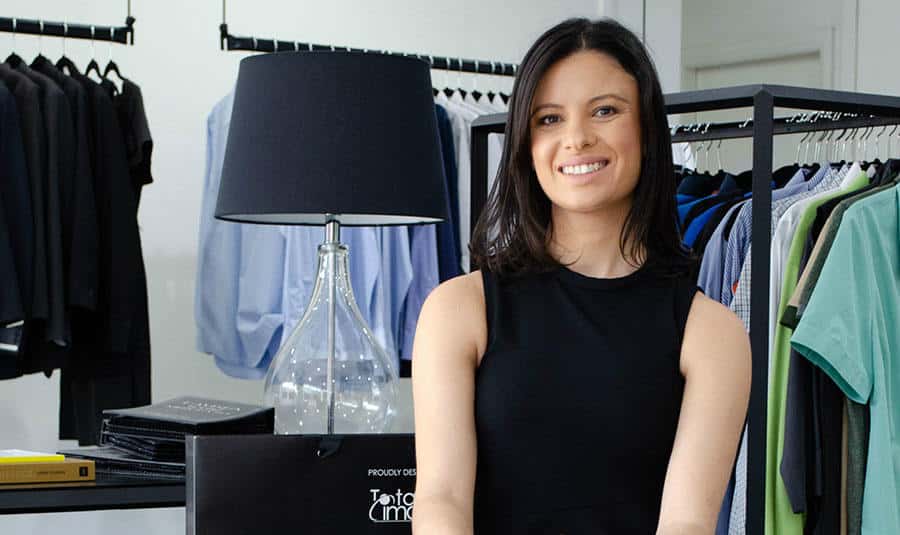How uniforms can boost staff engagement

All business leaders want their staff to be passionate, committed and happy. According to Deloitte’s 2016 Global Human Capital Trends report, nearly nine in 10 executives rated staff engagement as an important or very important priority for their organisations. Yet one in five reported that their companies do not formally measure employee engagement.
Deloitte defines culture as the sense of “how things are done around here”, while engagement is “how employees feel about how things are done around here”.
Culture has a direct impact on staff engagement, and staff engagement has a direct impact on company success. Engaged employees show greater levels of commitment to the organisation and its ideals, leading to greater outputs and positive results. But achieving and maintaining engagement is an ongoing challenge as employees increasingly expect workplaces that are flexible, inclusive, creative and empowering.
Nearly every aspect of our jobs – from the daily commute to our physical work environment, the tools we use and the clothes we wear – has an impact on our level of engagement. Uniforms are a key piece of the engagement puzzle and play a major role in determining each employee’s sense of pride and satisfaction in their work.
A lazy outfit leads to lazy output and poor customer perception. Conversely, staff who take pride in their appearance take pride in their work, which positively impacts the customer experience. But it’s not just about perception.
A Cornell University study that examined the effect of uniforms on employee satisfaction in the hospitality industry revealed that uniform design affected not only employees’ attitudes, but their ability to do their jobs well. Employees had strong feelings about the uniforms they were made to wear, whether or not they performed customer-facing roles.
So employers should consider the positive psychological and behavioural impacts that a well-designed uniform can have on all employees – not just those on the front line.
Businesses need to thoroughly understand the who, why, when and where of their uniform design. Who is wearing the uniform, why are they wearing it, when and where? What are the needs of the staff member wearing the uniform and the customer who will be interacting with them? How can the uniform best support that interaction for a successful result?
Companies should brief a professional uniform designer who can design something fit-for-purpose that also meets the company’s branding requirements. A uniform designer understands what works when it comes to colour, fabric and fit and will be able to select fabrics that are tried and tested in the relevant industry.
Rather than focusing on what works around the board room table, companies should engage with their staff and customers to find out what’s important to them. Staff are the face of the brand and their uniforms are often the first thing customers see, so it is important staff identify with that the uniform is trying to achieve. Uniforms can add to an employee’s sense of purpose and belonging, help them connect with key brand messages and lead to a great first impression.
A well-designed uniform is one whose wearer starts to feel good the minute they get dressed. It is comfortable, practical and fashion-forward. In other words, it looks great and does its job well. Ill-fitting, outdated uniforms inevitably disempower staff and turn off potential customers.
Businesses will perpetually ask themselves how they can achieve better staff engagement and there are many answers to that question. A well-designed uniform is one.
Have you read?
# World’s Best Colleges And Universities For Engineering And Technology, 2018.
# World’s Best Universities For Sports Science In 2018 .
# Best Universities To Study Architecture And Interior Design In America, 2018.
# Best Universities In The Arab World For 2018.
# Top Non-U.S. Business Schools For Executive MBA In 2018 .
# World’s Best Business Schools With The Most Employable Graduates For 2018.
Bring the best of the CEOWORLD magazine's global journalism to audiences in the United States and around the world. - Add CEOWORLD magazine to your Google News feed.
Follow CEOWORLD magazine headlines on: Google News, LinkedIn, Twitter, and Facebook.
Copyright 2025 The CEOWORLD magazine. All rights reserved. This material (and any extract from it) must not be copied, redistributed or placed on any website, without CEOWORLD magazine' prior written consent. For media queries, please contact: info@ceoworld.biz








